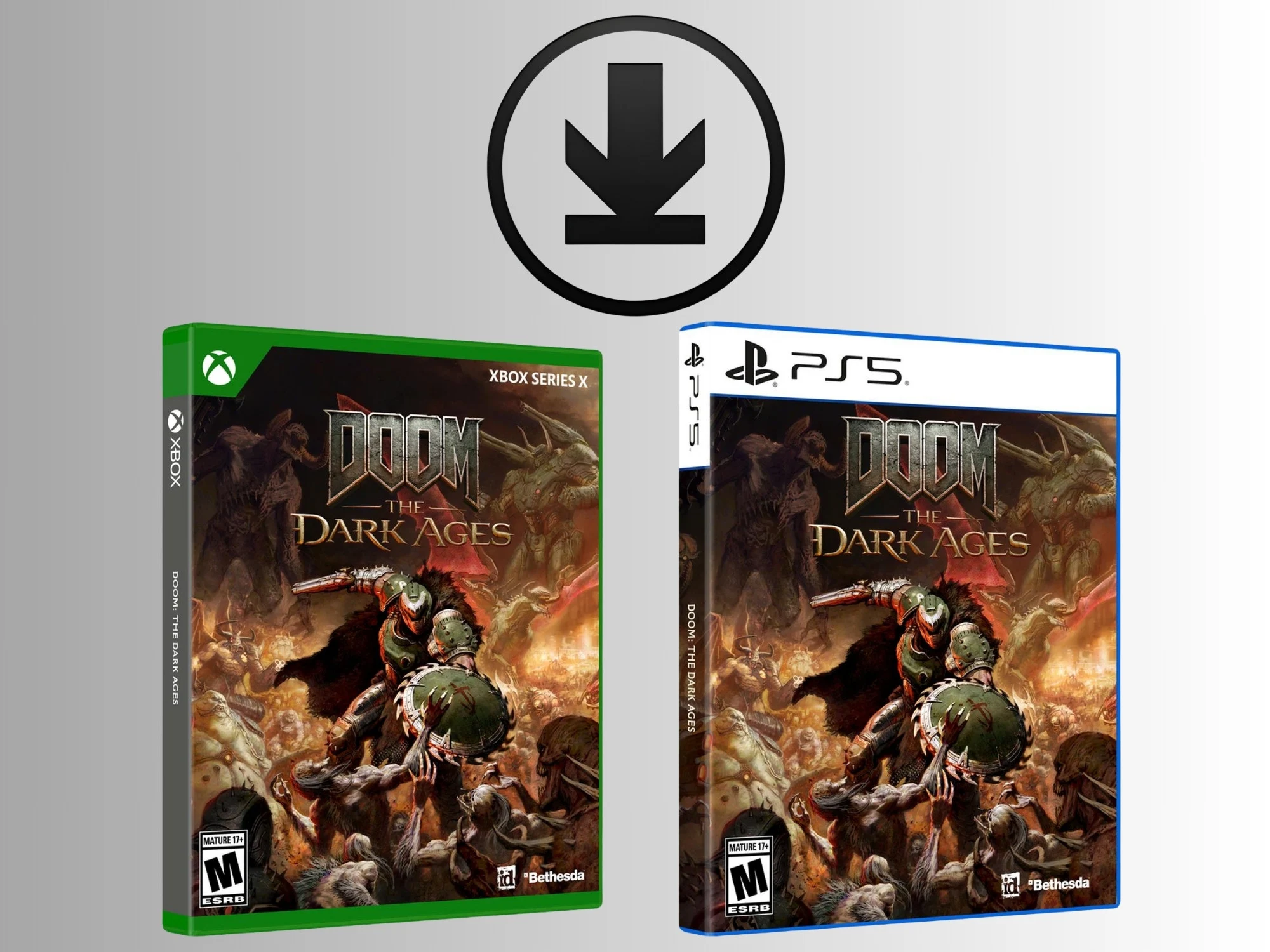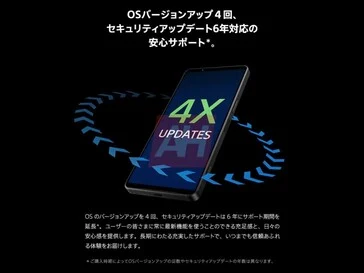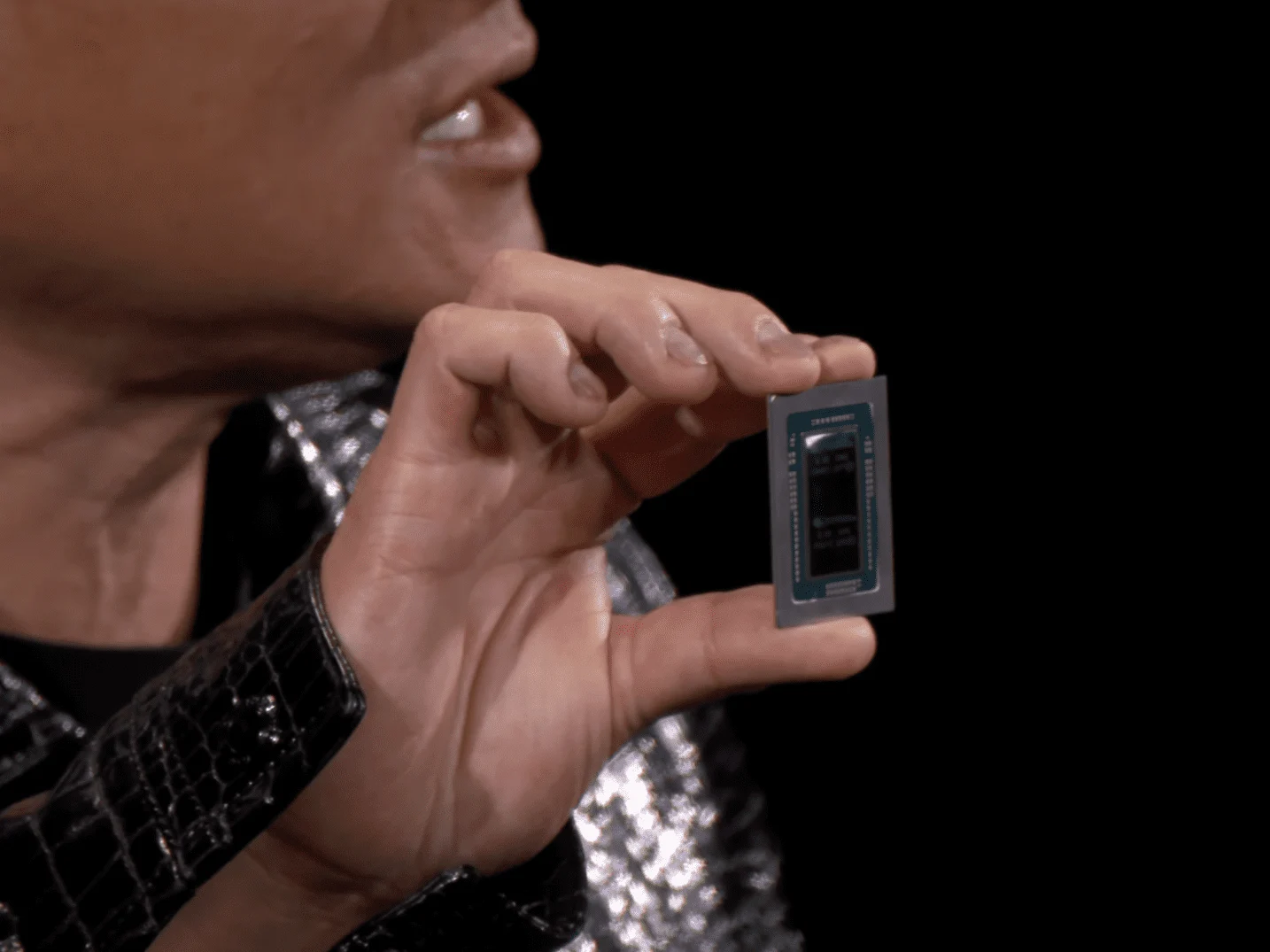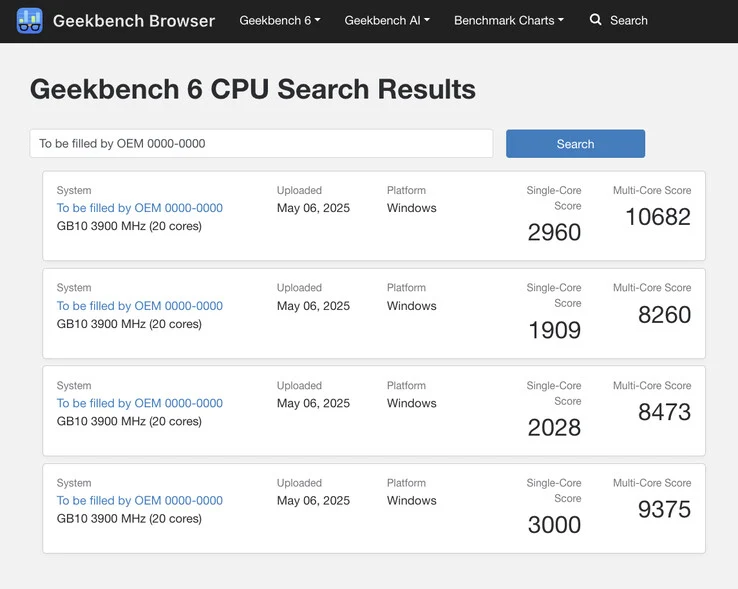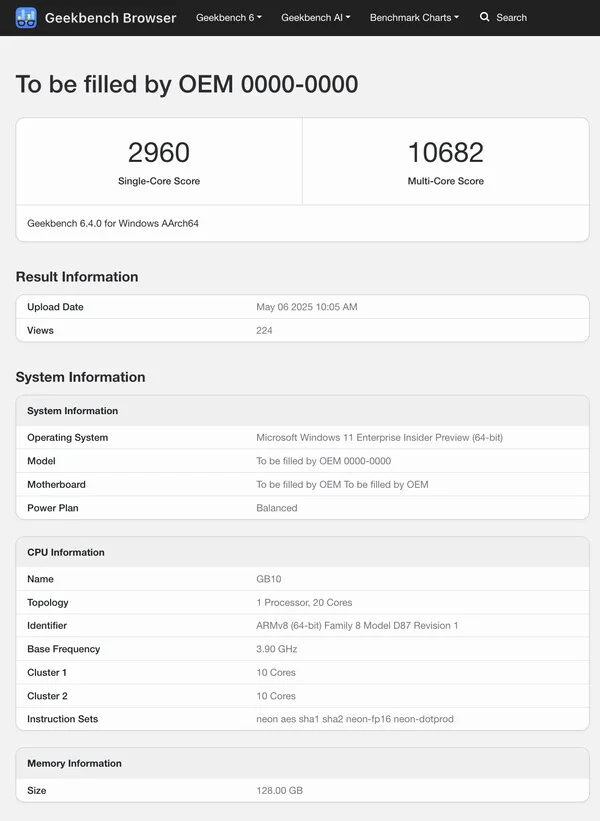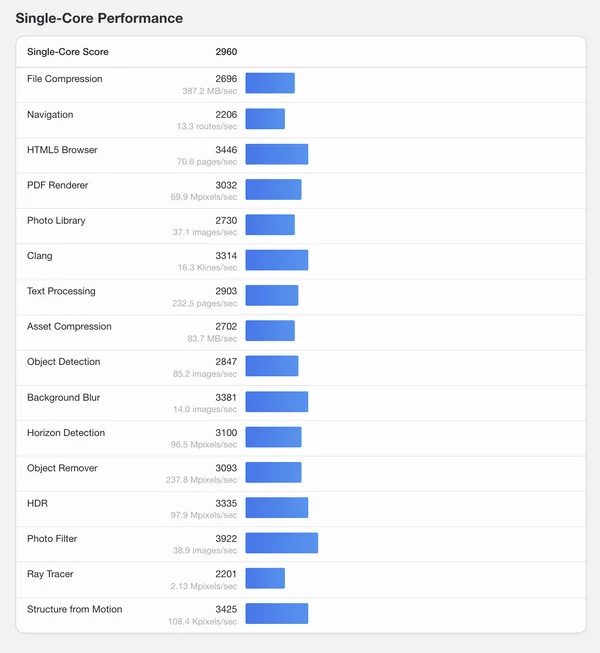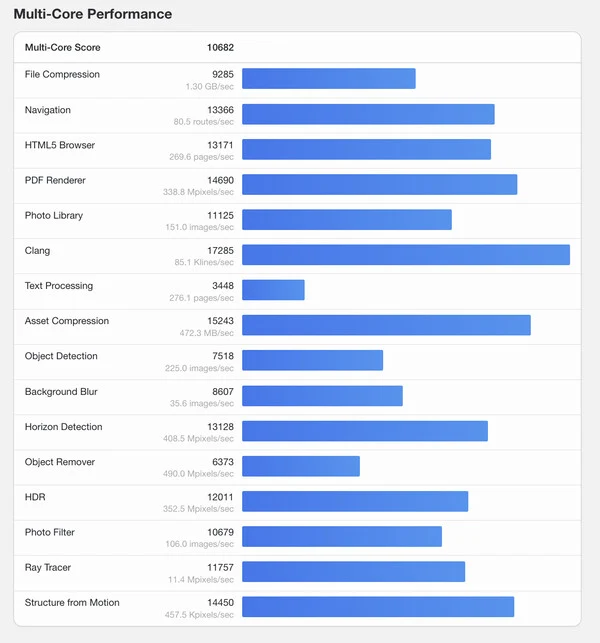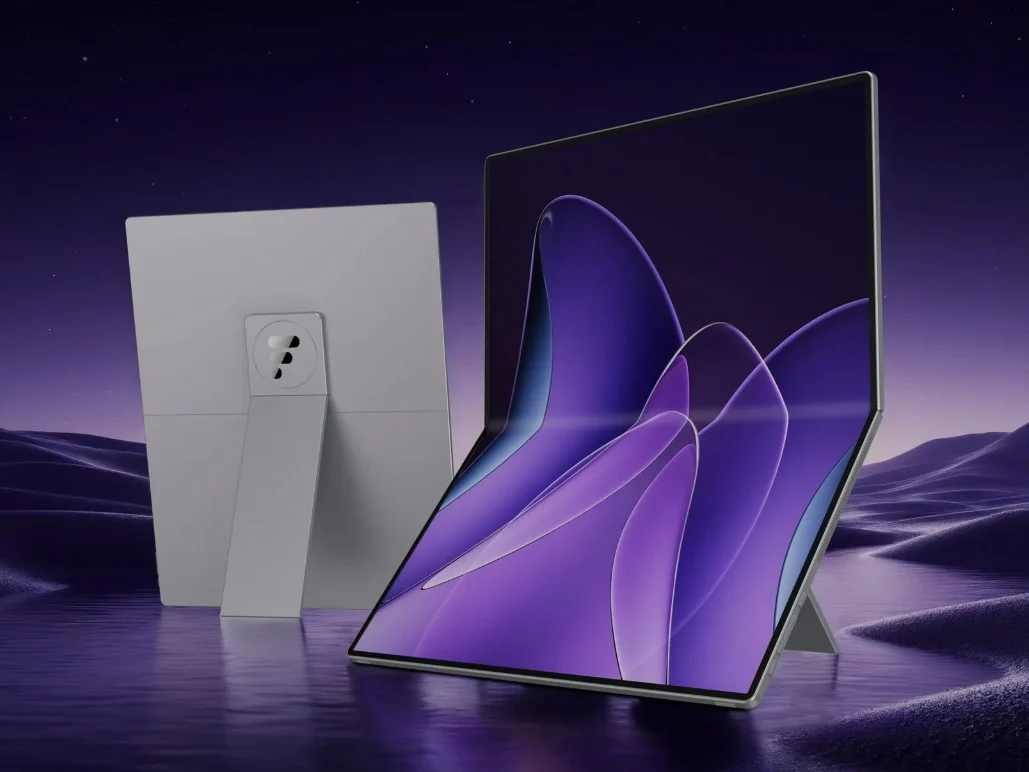Key Takeaways
1. Physical copies of Doom: The Dark Ages have minimal data storage, requiring substantial downloads for console players.
2. The Xbox version contains only 324 MB, while the PS5 version has just 85 MB on the disc.
3. Players need a good internet connection to download most of the game, which can be challenging for those with limited bandwidth.
4. The trend of physical copies requiring online downloads raises concerns about game preservation and the future of physical media.
5. Xbox users are more accustomed to needing an internet connection for installations compared to PS5 users, affecting gameplay experience.
Shooter enthusiasts might be facing a disappointing revelation regarding the release date of Doom: The Dark Ages. While physical copies are offered for both Xbox and PS5, the discs contain very little data. Players on consoles will need to download almost all of the game’s content before they can experience the much-anticipated title from Bethesda.
Disc Content Details
Those who got their hands on the game early shared that the Xbox version holds just 324 MB of files. In contrast, the PS5 version has even less, with only 85 MB of data stored. As a result, players have to deal with a significant download, which can be a hassle for those with limited internet bandwidth. For digital versions on PS5, Doom: The Dark Ages has a total file size of around 85 GB. Given that Ultra HD Blu-ray discs can hold up to 100 GB, the data should technically fit on the discs. However, Xbox Series X faces a setback, as its Blu-ray discs can only accommodate 50 GB.
Online Connectivity Concerns
Xbox users are generally more used to needing an internet connection to access new titles. Many Series X discs require an online connection for installation and activation. Conversely, this is not as common for PS5 games. These often need updates to the latest versions for unlocking multiplayer options. Nonetheless, single-player games like Doom: The Dark Ages may still operate without a constant online connection.
The Debate on Physical vs. Digital
Many frustrated gamers lament the trend of new releases that feel like digital downloads in disguise as physical copies. While players can still sell or trade these games since they aren’t linked to online accounts, advocates for game preservation express concerns about the long-term viability of servers.
PlayStation users tend to point fingers at Microsoft for the growing trend of installations that require internet access. Doom: The Dark Ages adds to a list of first-party Xbox games that have appeared on the competing PS5. Meanwhile, with the introduction of data-less Game-Key Cards by the Switch 2, the future of physical media seems uncertain.
Full reviews for Doom: The Dark Ages have been posted by Notebookcheck. You can also find a video showcasing laptop performance and gameplay impressions below:
Source:
Link

